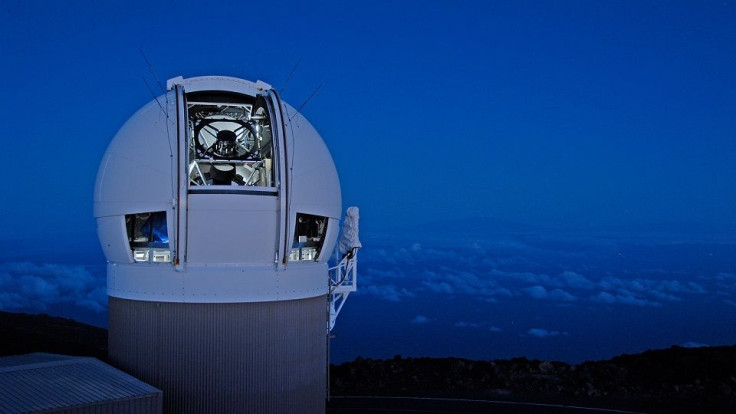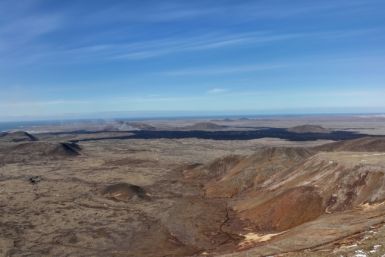NASA’s new alert system spots another large asteroid that came close to Earth on Sunday

A new NASA alert system, Scout, being tested at the space agency’s Jet Propulsion Laboratory (JPL) in Pasadena, California, spotted on Sunday a large asteroid that flew close to Earth. It was first discovered on Oct 25-26 on Maui, Hawaii, but the new computer program speeded up the confirmation process.
The Panoramic Survey Telescope & Rapid Response System (Pan-STARRS), funded by NASA, first spotted the asteroid. After a few hours, preliminary details about it came out on the web page of the Minor Planet Center at the Smithsonian Astrophysical Observatory.
Scout performed a quick analysis of the preliminary information which determined the asteroid was headed for the planet but would miss it by about 310,000 miles, NPR reports. Three more telescopes confirmed what Scout reported. These are the telescopes operated by Steward Observatory, Spacewatch and Tenagra Observatories.
The computer program was created to figure out which asteroids among those thousands flying in space could pose a danger to Earth, JPL astronomer Paul Chodas says, Inquistr reports. He explains, “When a telescope first finds a moving object, all you know is it’s just a dot, moving on the sky. You have no information about how far away it is. The more telescopes you get pointed at an object, the more data you get, and the more you’re sure you are how big it is and which way it’s headed. But sometimes you don’t have a lot of time to make those observations.”
Chodas adds NASA, which pays for several telescopes around Earth to scan the skies nightly to search for asteroids flying close by, finds at least five asteroids a night. He says the agency’s goal is to find 90 percent of 140-metre asteroids and larger ones. So far, NASA has found only 25 to 30 percent of the estimated number of asteroids that size.






